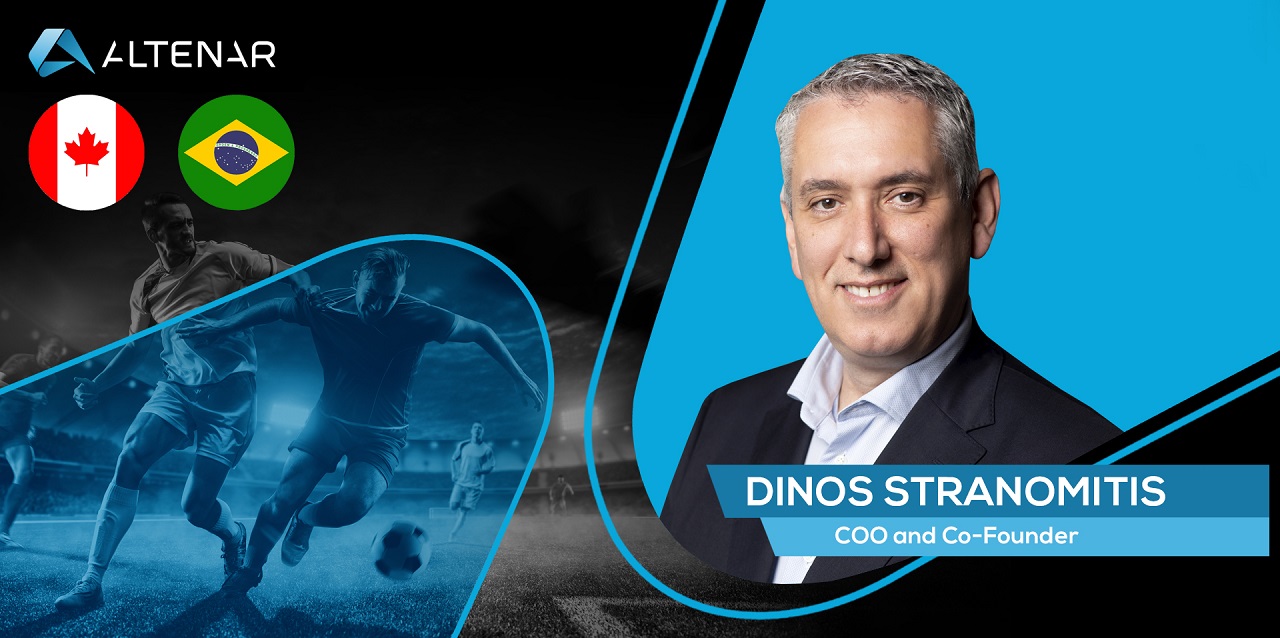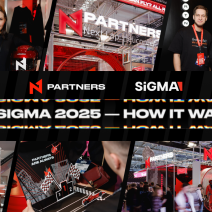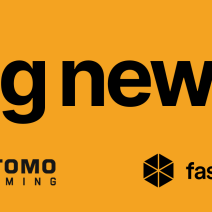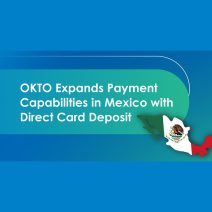
Altenar’s Dinos Stranomitis: The latest on Canada and Brazil
The iGaming markets across the Americas are booming at the minute – offering a wealth of opportunity for B2B suppliers and operator brands alike.
To get the latest on developments, we sat down with Altenar COO and Co-Founder, Dinos Stranomitis, to discuss how Canada and Brazil are overcoming their respective challenges – as well as some top-notch insight on the ways markets in both regions are looking to continuously adapt.
With Canada and Brazil fairly new to the online betting scene, how are these regions fairing in these early days for them?
Canada and Brazil are incredibly different markets – on the one hand, Canada is a market where we see a very North American approach, with new regulation in place. In contradiction, we have a Latin American country that is still evaluating regulation, which has taken many years. Brazil has not moved quickly in its regulation process, putting this it at odds with Canada, a country that has now moved faster towards regulation. This requires us to adapt our approach accordingly, and we pride ourselves on our ability to tailor our offering to the needs of each region.
How do the North and South American iGaming industries differ? Are there any unique obstacles to overcome for a software provider?
The main differences can be found in the two cultures, and these are significant. Canada has a profile very close to the US; the most popular sports events are American football, baseball, ice hockey and basketball. These sports are incredibly popular in that part of the world, while American and European football (‘soccer’) are very much a key driver in LatAm.
In addition, the average spend of a Canadian user is much higher than that of a Brazilian user, although Canada’s population is just under 40 million, whereas Brazil has approximately 200 million residents. This means that while Brazil has volume, Canada has more to spend per average individual, which poses an interesting balance between the two.
iGaming aggregators are of increasing importance within these markets. How have they been able to work around any tricky situations?
It is quite clear that, in Canada, the toughest obstacle is the need to satisfy strict regulatory requirements. Altenar is content in the knowledge that it has done everything efficiently, but the main challenge is ensuring this is maintained and the consumer is always provided a high-quality product. You must prove to the locals there that you can provide this quality and that you can safely adhere to regulation.
In Brazil, the main obstacle at the moment is to convince anyone who is planning to operate there that it’s not just a matter of price, but that quality also matters. The operators that are looking to work in Brazil are less concerned about specific regulation and restriction factors – but this should be higher on their priority list, and we’re here to help with that.
Altenar’s products have been successful all over the world. Which products have Canada and Brazil favoured so far?
In Canada, there is a lot of focus on US sports. The American layout is important to this market – you have to offer handicap lines for US sports, locally called the “spread”. This also raises another important point – using the correct terminology. Over/under bets are “totals”, and Match Winner is “Moneyline” for example. The right look and feel has to tie into this – giving them a frontend that is applicable to their likes. Another example would be something as simple as mentioning the visiting team first in a sports fixture, with isn’t the norm outside of North America.
In contrast to those preferences, Brazil’s passion for football is well-known, and this is the main driver in the country. They hold their local league, “Serie A”, in very high regard – they love football and love to bet on their own teams. Any sportsbook supplier looking to make their mark there will need to be sure that they’re at the top of their game when it comes to localised pricing and odds.
Despite the fact that sports betting is increasingly popular in Brazil, the government has recently declined regulation there. How does this affect Altenar’s ability to work within these confinements?
Many providers are afraid of regulation, but I am of the opinion that it should be the opposite. I have a very strong belief that the moment there is regulation, Altenar will do excellent business there for the simple reason that we will be the first one to offer what is necessary.
This means that operators in Brazil will need to get an approved provider. To cut a long story short, I think the faster the regulation happens, the better it will be for Altenar. I do hope that every top provider around the world will reap the benefits that will follow regulation, if and when it arrives. At this moment, there is potential for solutions to work in Brazil that are not necessarily being fulfilled, and hopefully that will change soon enough.
In 2021, a major coup formed in the legalisation of single-game sports betting within Canada. From the perspective of betting aggregators, what positive moves did you see from this?
The moment that legalization in Canada was confirmed, I think it made sense for the proper providers and operators to stay in the market. A big part of the business done in Canada that was grey was not necessarily recorded – now that it’s official, I think that some providers have decided not to continue, and this gap will be filled by proper companies and proper providers. For us, it has had an overwhelmingly positive effect, and we’ve certainly got some very exciting plans for the Ontario market because of legalization.
What does the future hold for sports betting across the globe? Can you see any significant changes?
It is all down to the quality of the product. There are many modern ideas about functionalities: about business intelligence tools, functionality and features and of course – how to make customer retention management better. When it comes to sports betting, as long as providers manage to keep developing a quality product, they will gain more and more space in the market.
There are challenges, of course, especially considering the post-Covid world and the current situation in Eastern Europe. Labour costs have increased significantly, and this makes it challenging to find top qualified people. However, if you are a well-run company, it is possible to retain your staff and recruit new members, all while developing those modern ideas to make the product better and better.
In future, the industry’s products will be of much better quality from what they are now – it’s just a matter of available resources and how fast everyone can go!










